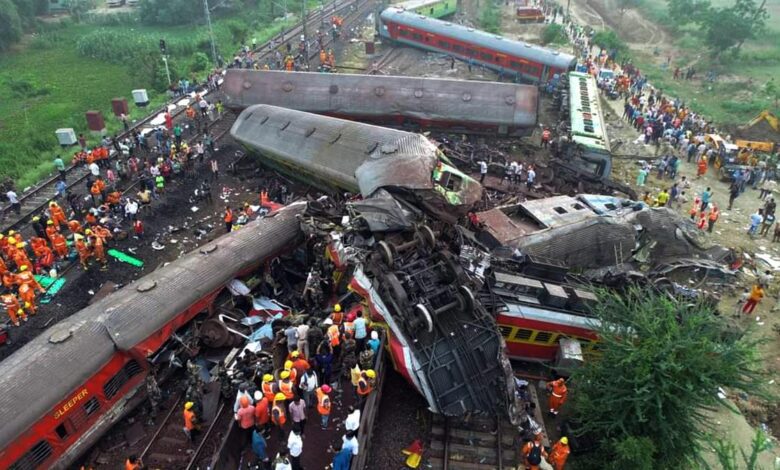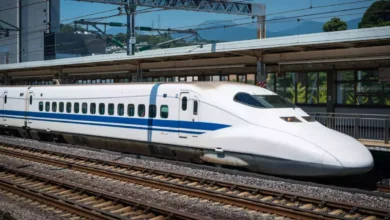Railways’ report on the Balasore train tragedy points to human error
The report also dismisses the possibility of sabotage, technical glitch and machine fault.

A month after the terrible train tragedy in Balasore, Odisha which caused deaths of 293 people and left more than 1000 people injured, the Commissioner of Railways Safety (CRS) probe into the incident has pointed towards human error and possible negligence of workers. It has also dismissed the possibility of sabotage, technical glitch and machine fault. Meanwhile, the CBI is still looking into the possibility of a criminal conspiracy.
According to those in the know of the matter, there was negligence on part of few officials who did not follow adequate measures and safety procedures of inspections, especially after changes were made in the design due to safety concerns three years ago.
According to the officials, the fault lay not only with workers in the signalling department but also with those who did not communicate the changes to the design. The ministry is likely to take action against these people.
“The central diagram had failed to reflect changes made to the circuit, and yearly inspections made later did not flag that too. So it was not the error of one person, but at least up to five that have come to the fore,” an official said.
The railways has decided not to make the report public so that it does not interfere and disrupt the parallel probe of the CBI. The reports and findings of CRS and CBI will help the railways to overhaul and improve its security system. The railways is also considering various safety enhancement features.
“To prevent error by the driver who decides the speed of the train depending on the signal, we are pushing use of anti-collision devices. And for the last two years, ultrasound testing of tracks to detect micro fractures has been a top focus too. Track management is crucial in rail safety. But we are looking at the extensive use of electronic relay systems across the railway network to prevent freak accidents such as what happened in Balasore. These are the most robust, tried and tested systems for rail safety,” an official said.
The official has also added that it would take up to 3 years for such a system to be in place and that the railways and the centre are persistent in ensuring that there is no compromise on safety.



